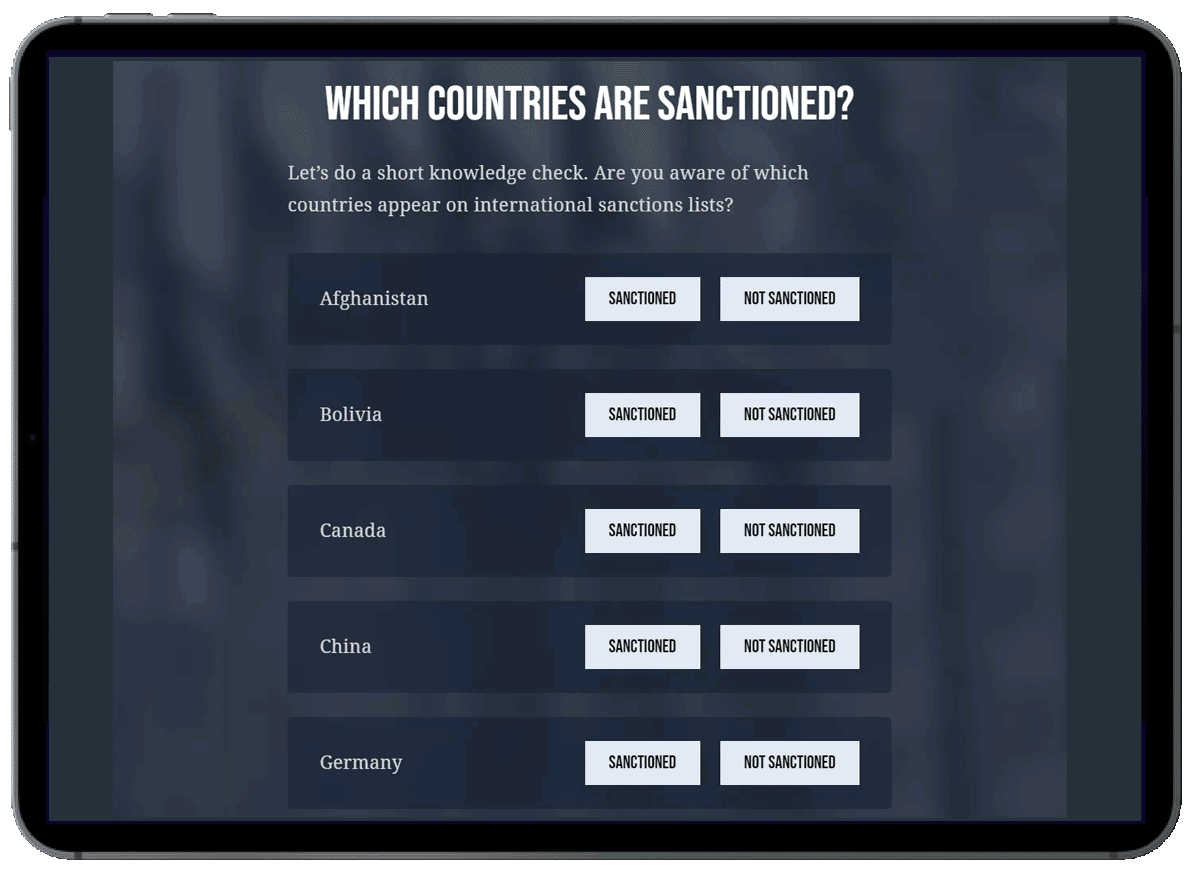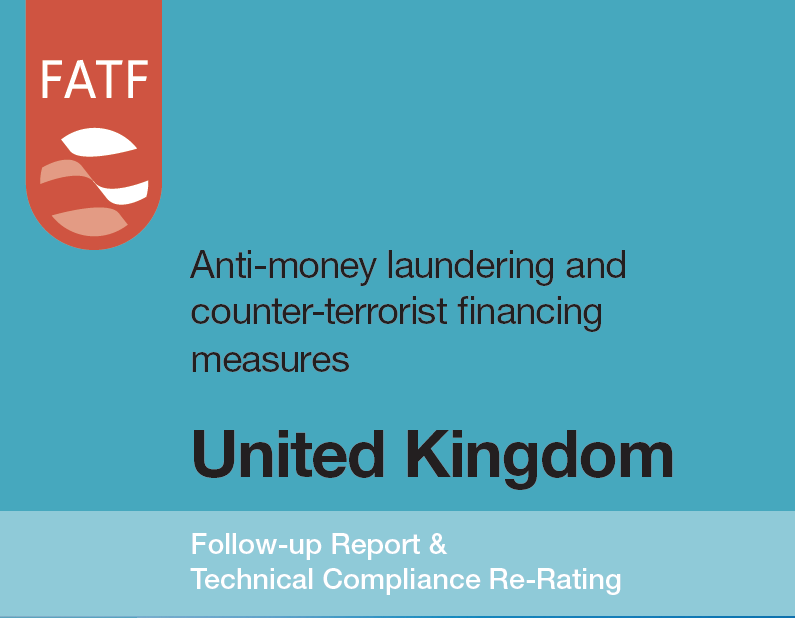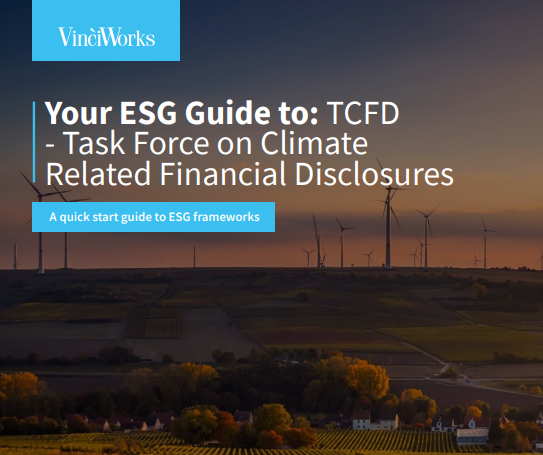What are countries doing to stop human trafficking & modern slavery?

Modern slavery and human trafficking Modern slavery and human trafficking are grave violations of human rights that continue to exist in various forms across the world. They involve the exploitation and control of individuals through force, coercion, or deception for various purposes, including labour, sexual exploitation, forced marriage, and child exploitation. Modern slavery refers to […]
Handling difficult conversations
Removes the fear factor from difficult conversations about absenteeism, poor performance, redundancy and problem behaviour.
Tackling problem behaviour
Shirker, control freak or downer? Difficult people can have a huge impact on the working environment.
UK MDR: Moving towards implementation

What is UK MDR (Mandatory Disclosure Rules)? The Mandatory Disclosure Rules (MDR) in the UK are a set of regulations that aim to combat tax evasion and promote tax transparency. These rules require certain taxpayers and their advisors to disclose specific information to the tax authorities regarding certain types of cross-border transactions and arrangements. The […]
On-demand webinar: Getting to grips with global sanctions

Since Russia launched its invasion on Ukraine at the end of February, the west has imposed significant sanctions on Russia, Belarus, and Vladimir Putin’s oligarchs who fund his war. The rapidly evolving nature of the situation has made sanctions compliance an increasing challenge for businesses, but also one that is vital to understand and has […]
Money laundering and counter-terrorist financing measures in the UK

The FATF’s assessment of the UK’s compliance with international AML standards The Financial Action Task Force (FATF) has reviewed the UK’s progress towards compliance with money laundering and counter-terrorist financing recommendations. The FATF has a series of measures it expects countries to have in place around AML, and the FATF undertakes detailed reviews of the […]
Your ESG guide to Task Force on Climate Related Financial Disclosures (TCFD)

ESG Reporting Frameworks Global businesses are now bringing environmental, social and governance issues together under the banner of ESG to demonstrate the positive impact the business is having on the world. Deciding to start ESG (environmental, social, and governance) scoring can seem like a daunting task. But figuring out which ESG framework could work best for […]
New podcast episode: The mental health and wellbeing scoring experiment
The team at VinciWorks took part in a mental health and wellbeing experiment inspired by mental health advocate Rob Stephenson. In this experiment, we invited people to share their daily mental health score in their Slack status and then invited half of those people to post a mental health update, if they wanted, in a special […]
ESG update: SEC to tighten ESG investment claims

US battling Greenwashing with enhanced disclosure requirements The US securities regulator is taking aim at exaggerated ESG credentials in investment products. The new rules seek to bring some clarity to the sustainable investment industry which has topped $3tn in value. The SEC wants to fight ‘greenwashing’ through enhanced evidence requirements for sustainable asset funds, making […]



